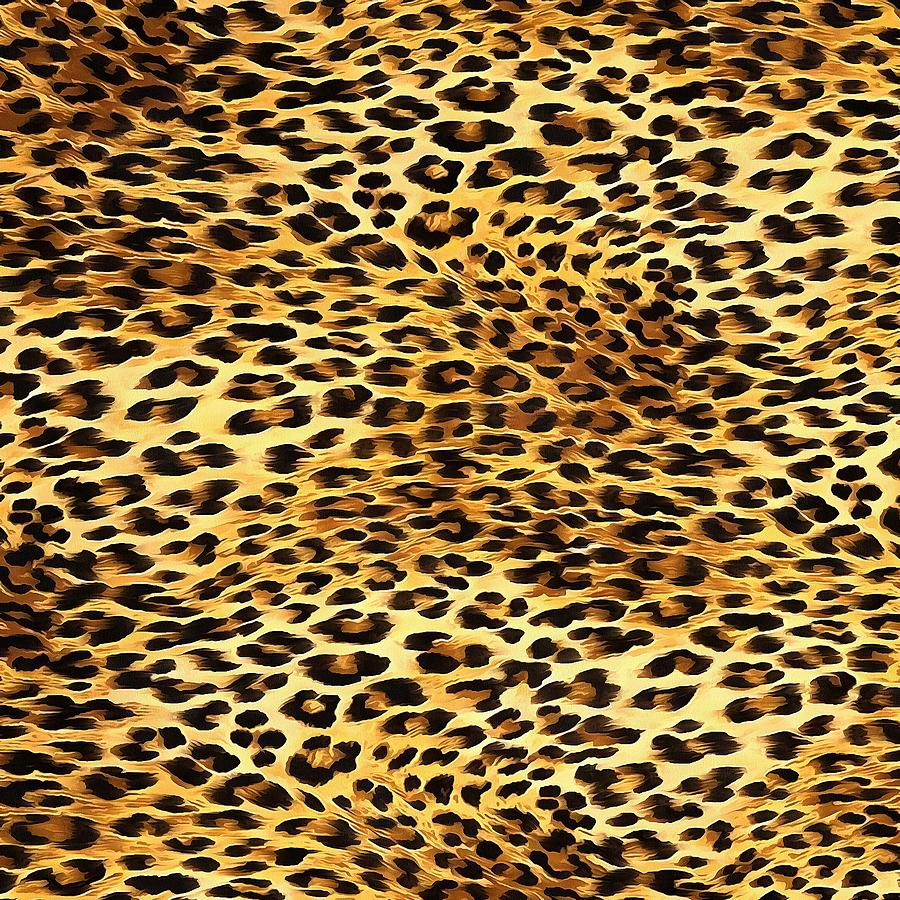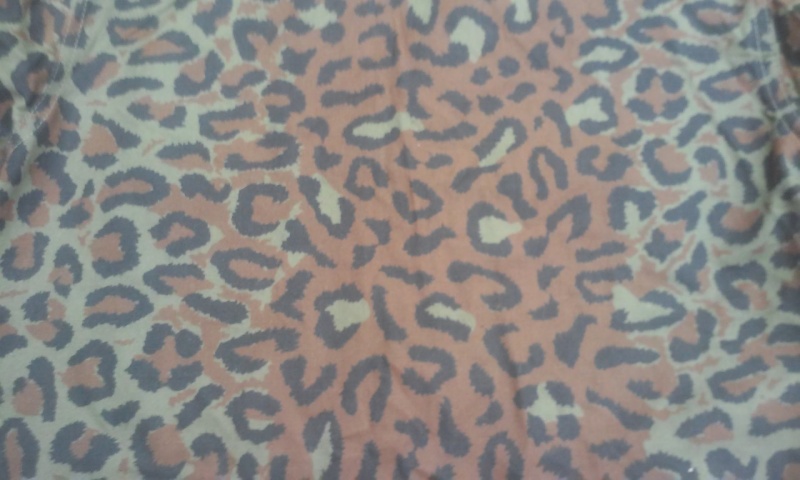

The Canadian armed forces were the first to use the pixelated design, but it’s arguably most well-known as the Marine Pattern (MARPAT) of the US Marines, first issued in 2002.

It’s designed to give the wearer disguise over multiple distances. (If camouflage is allowed to be recognizable!) DigitalĪlso called multiscale camouflage, digital designs are recognized by the pixelated effect – although not all multiscale camo uses the technique. We’ve included the most common/most recognizable patterns below. You’ll find them called things like – TAZ 90, M84, M81, and splittertarnmuster…īut they all come under one or more of the following “camouflage families.” A fighter aircraft is going to be different from an infantry, for example. Military camouflage patterns also differ when the design is used on different units. There are over 50 names or codes for military camouflage – far too many to go into here – and they vary depending on the country that uses them, and/or the theater in which they’re used. It is now classed as a form of Military Deception, and today, there are several different camouflage patterns in use by the fighting forces of the world. Interestingly enough, the word “camouflage” comes from the French “camoufler,” which means to viel, or to disguise. You might think that armies and fighting forces have used camouflage techniques since Adam was a lad, but in fact, it wasn’t until the 18th Century that rifle units began wearing drab clothes to blend into their surroundings.Īnd it took the advent of the First World War for the technique to be used on a larger scale when the French used it as a means to conceal equipment. You’ve guessed it – the militaryologists…

While camouflage techniques are as old as the hills, and their history and evolution is as long as it is fascinating, it has only been a topic of interest to us, humans, for the past century, or so.Īnd who is most interested in nature’s ability to hide and conceal? Essential for throwing someone or something off your scent. It’s not always about what we see, as camouflage can be masking how we smell, too. Some birds and animals also change plumage and fur depending on the season, such as the arctic fox. Seasonal variations – If you’re wearing desert camo in the arctic, you’re asking for trouble. Many insects, such as moths and butterflies, use this technique. Mimicry/mimesis – copying something else that isn’t of any use to a predator, or observer. For military purposes, the perfect reference is the sniper in his Ghillie suit. Self-decoration/disguise – using available materials within the environment to disappear. A leopard is a good example (which also uses countershading camo). The type used depends entirely on the environment and surroundings.Ĭoncealing coloration/color matching – using colors that resemble the background, such as sand-colored desert fatigues in Africa during WW2.ĭisruptive/high contrast coloration – high contrast color patterns that break up outlines, making objects, people, and animals difficult to see. While we don’t have the time to go into them all here, below you’ll find a selection of the most common. We’ll come to the different military camouflage patterns in a moment, but first, you should understand that there are some 20 forms of camouflage techniques.Īnd all of them have been used at some point or another for military purposes. The stick insect, the flatfish, the arctic hare, and – everyone’s favorite – the chameleon.

You only have to look to the animal kingdom for some incredible examples. What is Camouflage?Ĭamouflage comes in many forms, but its essence is described as using actions, devices, and/or materials in order to conceal, disguise, or mislead. This list is not exhaustive, but you should read on to discover more about each camouflage family, including which military uses what.


 0 kommentar(er)
0 kommentar(er)
